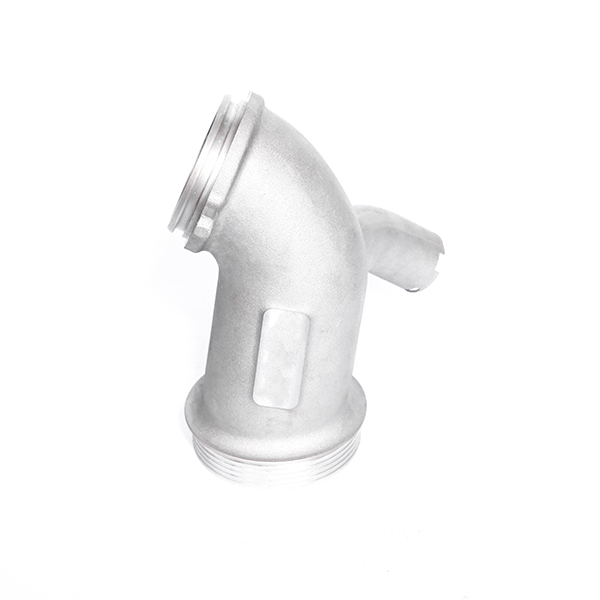Mobile:+86-311-808-126-83
Email:info@ydcastings.com
English
Understanding Pitched Blade Impellers for Enhanced Mixing and Flow in Fluid Applications
The Pitched Blade Impeller A Key Component in Mixing Technologies
In industrial mixing processes, the efficiency and effectiveness of the mixing equipment are crucial for achieving the desired product quality. One of the significant components that enhance mixing performance is the pitched blade impeller. This article delves into the design, function, advantages, and applications of pitched blade impellers in various industries.
Design and Structure
Pitched blade impellers are designed with blades that are set at a specific angle relative to the impeller hub. This unique geometry allows for the generation of a more axial flow compared to traditional flat-blade impellers, which predominantly create radial flow. The angle of the blades can vary, with common pitches ranging from 30 to 45 degrees. This flexibility allows engineers to select the optimal blade configuration based on the fluid dynamics of the application.
Constructed from materials like stainless steel, plastic, or other suitable alloys, pitched blade impellers can withstand a variety of chemical and thermal conditions. The choice of material depends on the specific requirements of the mixing process, including factors such as viscosity, temperature, and the nature of the liquids being mixed.
Functionality
The primary function of pitched blade impellers is to facilitate mixing by creating flow patterns within the liquid medium. When rotated, the blades push the liquid outward while pulling new material into the central area of the impeller. This continuous movement promotes thorough mixing of constituents and is particularly beneficial in processes where solid, liquid, or gas phases must be combined.
The angled blades reduce the energy required to achieve effective mixing, making pitched blade impellers more energy-efficient than many other types of impellers. Additionally, their design helps minimize the formation of vortices, which can lead to uneven mixing and the creation of dead zones in the fluid.
Advantages
The pitched blade impeller offers several advantages over other mixing technologies
pitched blade impeller

1. Versatility It is suitable for a wide range of applications, including blending, dispersion, and emulsification of liquids with varying viscosities and density. 2. Improved Efficiency The design allows for improved flow patterns and better mass transfer rates, translating into more effective mixing in less time.
3. Reduced Shear Compared to high-shear mixers, pitched blade impellers create lower shear forces, making them ideal for sensitive applications where the integrity of the materials must be preserved.
4. Scalability Pitched blade impellers can be easily adapted for scale-up in industrial processes, maintaining consistency in performance from lab-scale to full-scale production.
Applications
Pitched blade impellers find application across diverse industries. In the pharmaceutical sector, they are pivotal in the production of suspensions and emulsions, ensuring uniformity and stability in formulations. The food and beverage industry also benefits from their use in processes like homogenization and mixing of ingredients, ensuring product quality and consistency.
Moreover, in the chemical industry, pitched blade impellers are essential for reactions involving multiple phases, such as gas-liquid reactions in reactors. Their ability to enhance mass transfer rates boosts the reaction efficiency, leading to increased yields and reduced processing times.
In wastewater treatment, pitched blade impellers facilitate aeration, enhancing the oxygen transfer rates necessary for the biological treatment processes. Their robust construction allows them to handle the challenging conditions often found in such environments.
Conclusion
The pitched blade impeller is an indispensable component in modern mixing equipment, offering efficiency, versatility, and effectiveness across multiple industries. As technology continues to evolve, the design and application of pitched blade impellers will likely advance, further solidifying their role in improving mixing processes. Understanding their function and advantages can lead to better decision-making in industrial applications, ultimately contributing to enhanced product quality and operational efficiency.











